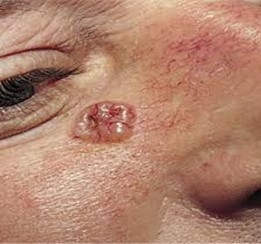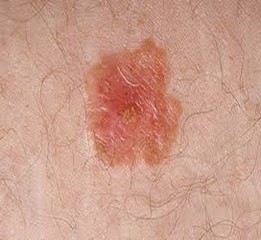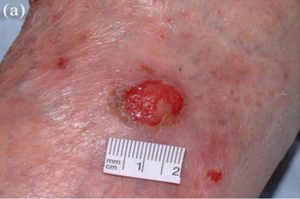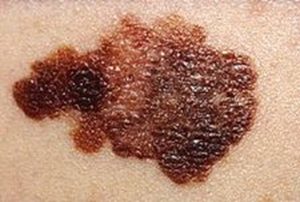Skin Cancer – Dr. Morton has hands-on experience in how to treat Skin Cancer. He provides a caring, efficient and accessible opportunity to receive early detection, diagnosis, treatment and management of skin cancer in all modalities, such as topical ointments, cryosurgery, biopsy and surgical removal. All his reception staff and nurses are friendly and well trained
INFORMATION ABOUT SKIN CANCER
Skin cancer is the most common form of cancer in Australia. Each year in Australia over 2,000 people die from skin cancer, yet most skin cancers are preventable and the majority of skin cancer can be successfully treated, if found early. Early detection improves survival and other better outcomes. National screening programs for cancers have contributed to substantial declines in associated mortality during last decade in Australia. Please see Dr. Morton if you notice any change to your moles.
THERE ARE 2 MAIN TYPES OF SKIN CANCERS:
- Non-melanoma – refers to a group of skin cancers that affect the upper layers of skin.
- Melanoma – is a rare and serious type of cancer that begins in the skin and can spread to other organs in the body.
NON-MELANOMA SKIN CANCER (NMSC)
Non-melanoma skin cancers are usually named after the type of skin cell from which they develop. The two most common types are:
- Basal cell carcinoma (BCC)
- Squamous cell carcinoma (SCC)
Basal Cell Carcinoma – BCC – Basal cell carcinomas generally appear as small, pink reddish bumps, nodules, patches, spots or scars. They are most often found in UV exposed areas of the skin but can also be found on other skin areas such as the trunk.

Typical BCC
Bowens Skin Cancer – IEC – It is the early stage of SCC (see below) that appears as a persistent, slow-growing, red and scaly skin patch. Bowens skin cancer is located only in the epidermis, the uppermost layer of the skin. If detected early, it can be destroyed if properly removed.

Typical Bowens (nowadays called IEC)
Squamous Cell Carcinoma – SCC – Squamous cell carcinomas can look similar to basal cell carcinomas but are usually more scaly and stand out further from the surface of the skin. Squamous cell carcinomas often occur on the head and neck, and other UV exposed areas such as the ears, lips, and the back of hands and arms.

Typical SCC
MELANOMA
Melanoma is a less common but the most dangerous type of skin cancer. Although melanoma makes up only 4% of skin cancers, it causes 77% of skin cancer deaths. About 100,000 cases of melanoma are diagnosed each year. 2 in 3 Australian will be diagnosed with skin cancer by the age of 70. The most commonly diagnosed cancer among adolescents and young adults is melanoma; it counts for more than one-quarter of all cancers among Australians aged 15 – 29 years. Surgery is the main option for most melanomas, and usually cures early stage melanomas.
Queenslander has the highest rate of melanoma in the world, carrying an estimated risk of 1 in 16 men and 1 in 24 women. Every year in Australia, around 1,200 people die from skin cancer and melanomas. The sad thing is that skin cancer is a preventable and readily treatable form of cancer. In fact, 95% of skin cancers are treatable if they are detected early.
The appearance of a new mole or a change in an existing mole can happen anywhere on the body, but most often on the back, legs, arms, and face. In most cases, melanomas have an irregular shape and have more than one colour. They may also be larger than normal moles and can sometimes be itchy or bleed.

(Skin Melanoma Photo Credit: Public Domain NCI Images)
INFORMATION ABOUT THE PROCEDURE
Screening is performed at Dr. Morton’s surgery and it is a simple procedure. A whole body skin examination is performed to carefully detect for signs of early skin cancer. If a suspicious lesion is found it may respond cryo surgery with liquid Nitrogen or a number of specialized ointments. However for some lesions early excisional biopsy (surgical removal) is the best way for cure. Many lesions only need a simple ellipse removal but some required a flap or graft. Most of those can be done in the surgery premises. I have excellent specialist back up if needed. There are advanced cases that need a more specific treatment. Some I refer to plastic surgeon, some are referred to superficial radiotherapy. Therefore, an earlier detection is the best remedy.
FEES & CHARGES FOR SKIN CANCER / MOLE SCREENING:
Prices vary according to the type and size of the skin cancer. Medicare will rebate most of the cost. Pensioners and Health Card holders are Bulk Billed to Medicare.

